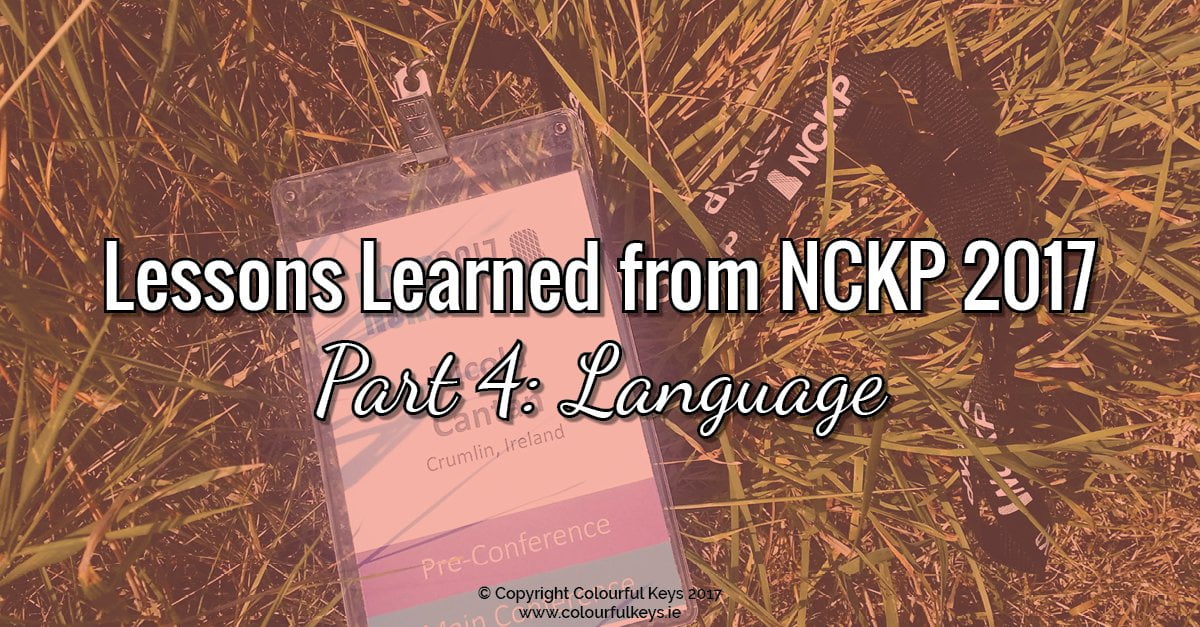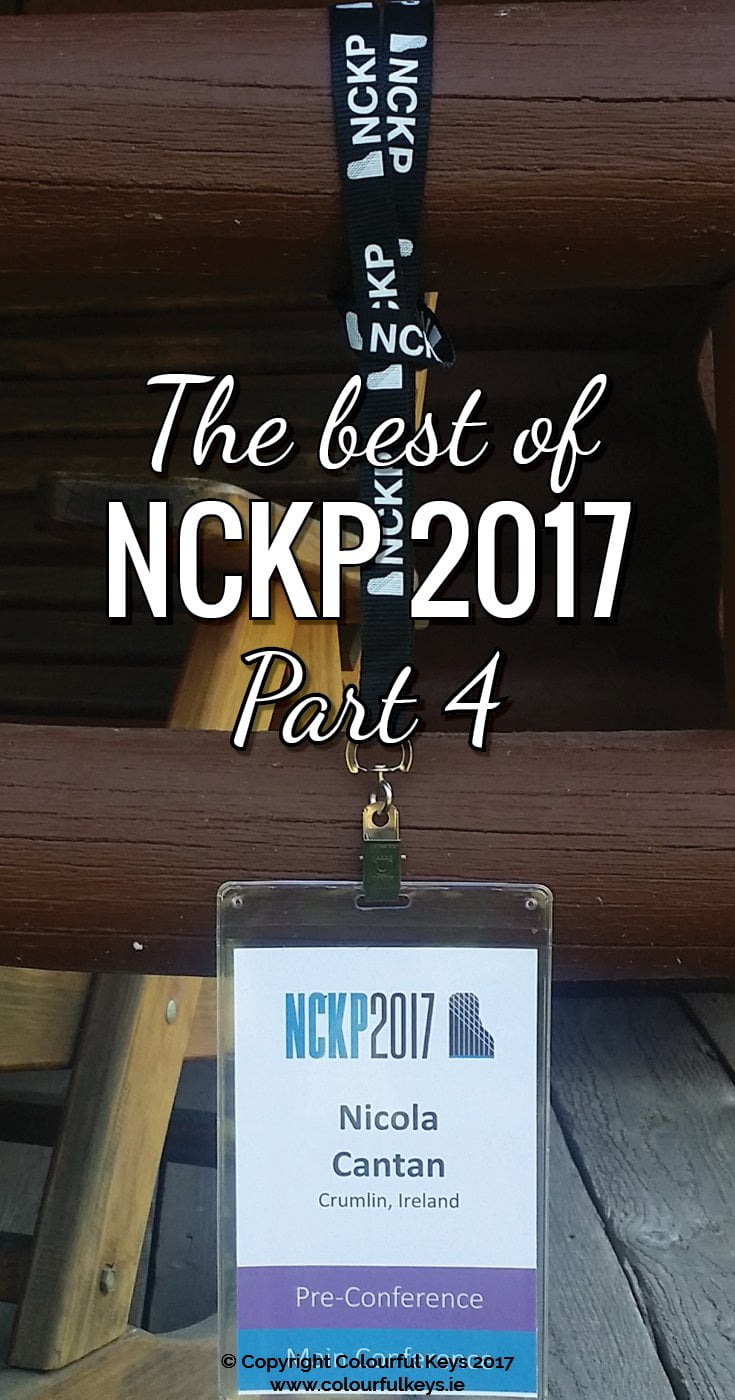One of the joys of the NCKP is the amount of teaching demonstrations they include in the schedule. This is awesome for many reasons, but most particularly for me because it means hearing the actual language the teachers use with their students.

Repertoire selections, exercise choices, and teaching strategies are all well and good; but they’re not what make a great teacher. A truly excellent teacher takes these things and adds just the right words to bring them to life for their student.
These are some of the key points I picked up from NCKP 2017 about the teaching language of great teachers.
Stop talking so much
One thing that was apparent in all the teaching demonstrations given at NCKP 2017 was how carefully they chose their words – and their silences.
It seemed that the more experienced the teacher, the less they needed to say to get their point across to the student.

Giving a student time to think and use their natural abilities to answer a question (without jumping in to save the day) can be tough for many teachers. We just want to help!
But we’re not helping. Because if they came to the conclusion or realisation themselves, they would be more likely to retain and retrieve that information next time.
One good illustration of this was in the Suzuki inspired workshop with Christy Vogt-Corley. She mentioned an ear-training demonstration she had seen where the student did not catch on.
The teacher tried three times, and then just left it. When questioned, she said that the student wasn’t ready for that bit yet, they would get it next week. She didn’t insist or tell her student the answer – she just wanted to wait.
We don’t need to rush our students. We can give them time to think and breath.
Tell a Story
When presented with his sight-unseen student, Jovanni-Rey de Pedro plunged straight into the backstory of her piece. This wasn’t Mozart at his daintiest, and he wanted her to uglify the music a little. Give it some rougher edges.
Marilyn Lowe spoke about using popular stories as the basis of improvisation.
- Name a story.
- Name something from that story.
- Would that be loud or soft?
- Fast or slow?
- Duple or triple?
…And then away they would go to improvise at the piano. What a beautiful little creative activity!
These stories can tell our students much more than just what and how to play, they can reveal the beauty and the connection to the heart of the music.
Cut to the Chase
The most notable element of the teaching language across NCKP 2017 for me, was the use of direct, to the point sentences.
Specifically one word: “No.”
I noticed it the first time it happened in a teaching demonstration, and it was immediately picked up on by other teachers too. When the student didn’t do what was asked, the teacher would say quite plainly:
“No, that’s not it.”
When you’re used to the sweetened and couched language we all use, this can sound harsh. But it didn’t come across that way, and the students didn’t take it that way.
I believe this is a case of teachers being overly sensitive, and that we should learn to say this “no” word more often.
Make sure a goal is positive and within the students’ range of ability, and then give them negative feedback until they get it right. Otherwise how will they know which was correct?

Pay Attention to Words
Word choices are something I learn about every time I watch another teacher teach. This is one of those elements of my teaching that I think I will be refining and tweaking for my entire career.
The next time you get to witness a lesson or demonstration – ask yourself:
- Why did they choose to say it that way?
- What impact did it have on the student?
Let me know what you notice in your own language or others’ in the Vibrant Music Studio Teachers community or in the comments below.
